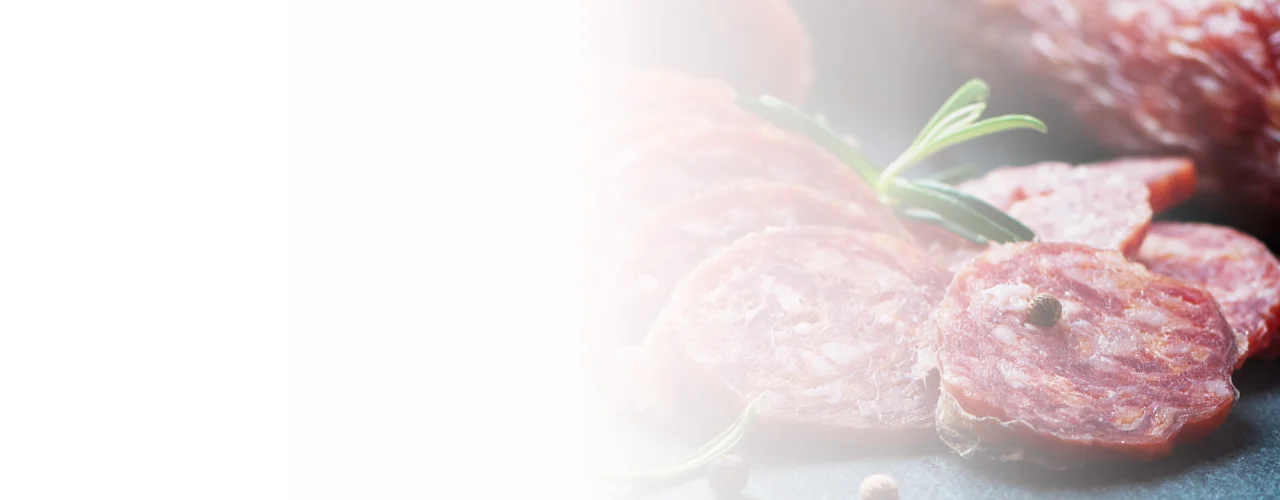Cheese – dry matter
All ingredients of cheese minus the water content
The abbreviation F.D.M. stands for the fat contentThe F.D.M. value related to dry matter, also depending on the water content of the cheese. The higher the water content (the more watery the cheese) the less dry matter and the less fat the cheese contains. » More info in the dry matter and is used as a reference on each cheese.
The proportion of dry matter varies according to the group of cheeses:
- The fat content of hard cheeseThe Vorarlberger Bergkäse (mountain cheese) is a regional cheese specialty from the Austrian province Vorarlberg. » More info is usually given in the trade as a percentage of fat in the dry matter
- For soft cheeses, the absolute lower absolute content (in terms of wet weight) is often mentioned
The dry matter refers to that portion of the cheese that remains after removal of the water contained. The more water is removed from the cheese, the lower its dry matter and vice versa.
Thus, the F.D.M. Value related to dry matter, also depending on the water content of the cheese. The higher the water content (the more watery the cheese), the less dry matter and the less fat the cheese contains.
It is therefore difficult to use only the F.D.M. value comparisons within the cheeses. Because a dry cheese, such as hard cheese, has a lower water content, or a higher dry matter content than, for example, cream cheese.
To obtain the actual fat content (absolute fat content) per 100 grams of cheese, the F.D.M. Value multiplied by a factor.
| Cheese type | Conversion factor (multiplier) | Cheese example |
| Crema cheese | 0,3 | Cottage cheese, cottage cheese, ricotta |
| Soft cheese | 0,4 | Camembert, Brie, Romadour |
| Semi hard cheese | 0,5 | Edam, Gouda, Tilsiter |
| Hard cheese | 0,6 | Emmentaler, mountain cheese, Parmesan |
Calculation example Alpine (Mountain) Cheese 45% F.D.M. – Hard cheese: 45 multiplied by 0,6= 27 g fat absolut per 100 Gramm cheese.


















